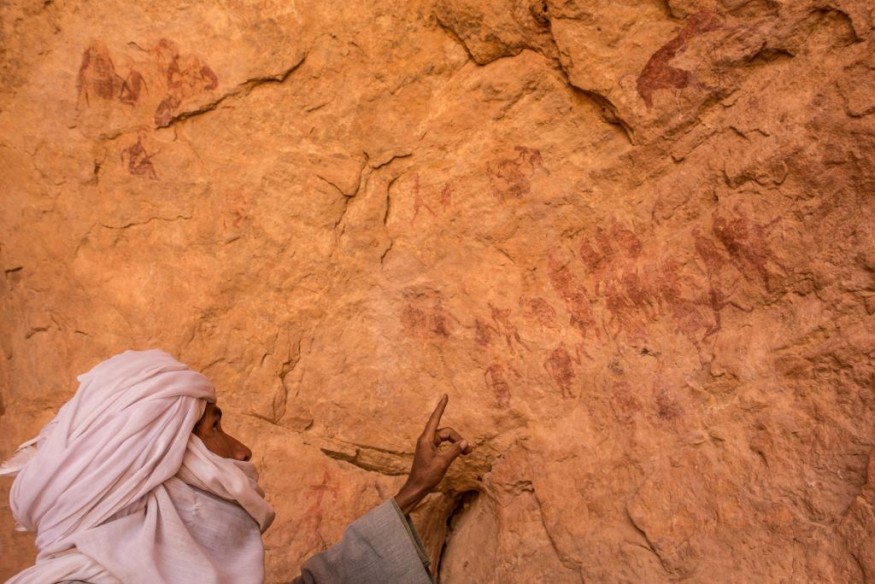It once thrived, but after 800 years of extreme groundwater extraction, the Sahara dried out and turned into a scorching desert.

Sahara: From a Lush Savanna to the Harshest Place on Earth
In the heart of the Sahara, thousands of years ago in southwestern Libya, an ancient empire crafted cities and towns, showcasing humanity's earliest example of thriving without nearby rivers or lakes.
This enduring achievement, now being understood, highlights human resourcefulness and serves as a cautionary tale about squandering Earth's gifts.
For 5,000 years, the Sahara proved one of the harshest environments. Yet, before that, it resembled the Serengeti with ample water and game, marking a hub for innovation such as pottery.
The Garamantes, building their society 2,400 years ago, faced the formidable Sahara, but remnants of the fertile past, like Wadi el-Agial, persisted underground.
800 Years of Extreme Groundwater Harvesting in Ancient Sahara
Wadi el-Agial, a remarkable site in the Sahara, held the key to the Garamantes' flourishing civilization.
To access groundwater essential for sustaining agriculture, they ingeniously employed qanats, or foggara, which were sloping tunnels burrowed into water-rich hillsides. This technique, borrowed from Persia, enabled them to irrigate the valleys below, defying the arid landscape.
Historical accounts once obscured the Garamantes' achievements, often crediting the Romans.
However, modern archaeology has corrected these misperceptions, shedding light on the Garamantes' true ingenuity.
Still, the question of their water source remained unresolved until Professor Frank Schwartz revealed the vast sandstone aquifer beneath the Sahara, which, in the past, supported a wetter climate during rainy seasons.
This natural catchment area supplied water to the Garamantes for centuries.
Wadi el-Agial likely appeared as a paradise to the Garamantes. They harnessed slave labor to dig extensive tunnels, securing immunity from droughts and floods.
Isolated by vast deserts, they faced minimal invasion threats and enjoyed a higher standard of living compared to their Sahara counterparts.
Despite their prosperity, the Garamantes exploited the aquifer by constructing over 450 miles of tunnels, some reaching 2.7 miles long.
As the water source dwindled due to the changing climate, their fate became inevitable. The rise and fall of the Garamantes stand as a testament to human ingenuity, resourcefulness, and the consequences of mismanaging precious resources.
Also Read : Sixth Mass Extinction Happening Right Now as Humanity Destroys Way of Life, Experts Warn
Implications of a Groundwater-Depleted Sahara
Despite the odds, the Garamantes' qanats defied the lack of annual water recharge, but their once-abundant groundwater eventually ran dry, leading to the civilization's abandonment roughly 1,600 years ago.
This historical cautionary tale parallels modern challenges, as exemplified by the San Joaquin Valley in California, where groundwater is depleted faster than it can be replenished.
Even a wet year cannot compensate for prolonged droughts. While contemporary methods may involve pumps instead of gravity, the problem remains similar: dwindling groundwater supplies.
Addressing this dilemma can be costly and impractical. In essence, the Garamantes' experience serves as a stark reminder of the consequences of depleting vital resources, a lesson we must heed in an era where water scarcity continues to pose a significant threat.
Read also: Ancient Maya City Layout Resembles a Crocodile: Symbolism or Happenstance? - Scientists Discuss
© 2025 NatureWorldNews.com All rights reserved. Do not reproduce without permission.





